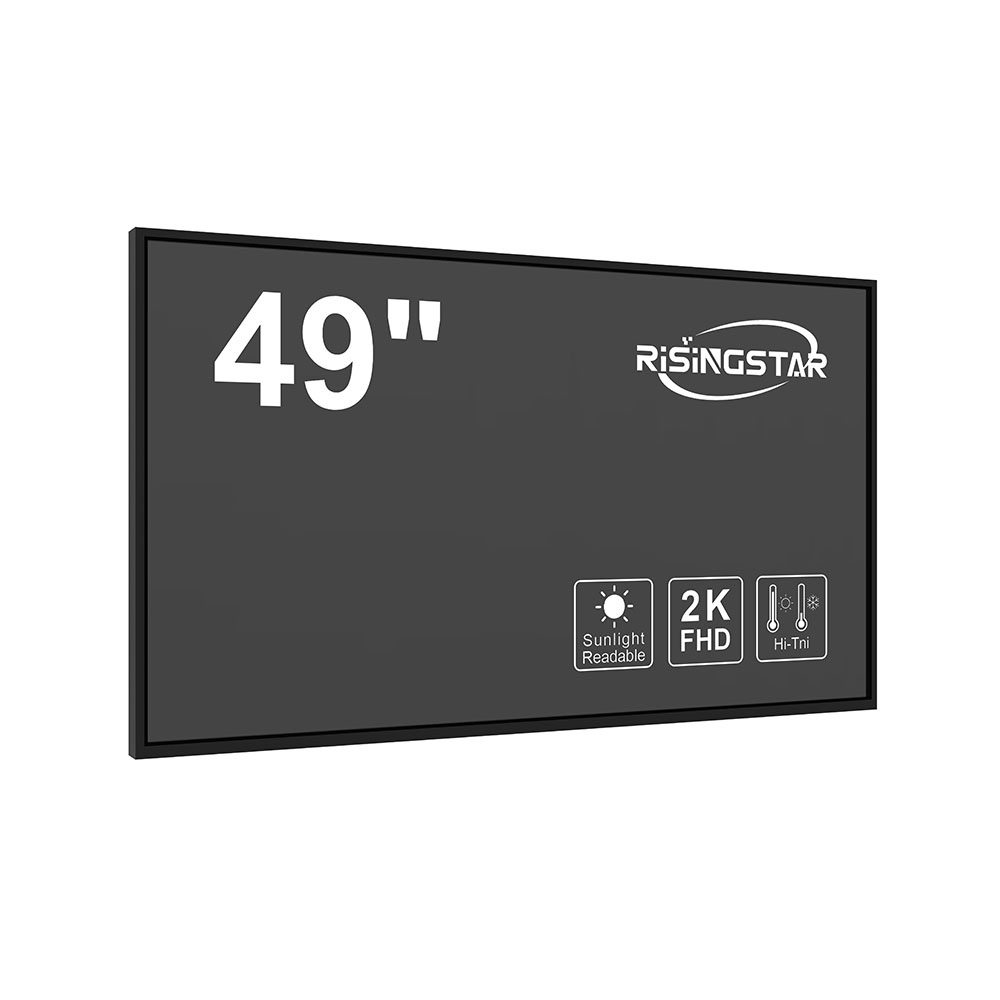- Home
- About Us
- Products
- News
- Video
- Contact
- Send Inquiry
Search
- Home
- About Us
- Products
- News
- Video
- Contact
- Send Inquiry

High-brightness sunlight-readable LCD screens are critical components in modern outdoor display systems, enabling clear visibility even under direct sunlight. These displays are engineered to exceed standard brightness levels—typically ranging from 3,000 to 10,000 nits—and utilize advanced optical technologies such as anti-glare coatings, high-contrast ratios, and optimized backlighting. The core challenge in designing these screens lies in balancing power consumption, image clarity, and durability against environmental stressors like UV exposure, temperature extremes, and mechanical vibration.
One of the most widely adopted technologies in this domain is the use of transflective liquid crystal displays (LCDs). Unlike traditional transmissive LCDs that rely solely on a backlight, transflective designs combine both reflective and transmissive modes. In bright sunlight, ambient light reflects off a rear mirror layer, significantly reducing power draw while maintaining readability. This makes them ideal for battery-powered devices such as handheld military radios, field medical equipment, and portable industrial controllers. According to industry reports from Display Supply Chain Consultants (DSCC), over 65% of new outdoor-rated displays now incorporate transflective technology due to its energy efficiency and reliability in extreme conditions.
Another key innovation is the integration of wide viewing angles (up to 178°) using in-plane switching (IPS) or vertical alignment (VA) panels. This ensures consistent color accuracy and contrast regardless of the viewer’s position—a crucial feature for multi-user environments like vehicle dashboards, kiosks, and construction site control panels. For instance, a case study published by Sharp Corporation in 2023 demonstrated a 40% improvement in user satisfaction when IPS-based sunlight-readable LCDs were deployed in public transit ticketing machines compared to older TN-panel models.
To enhance performance further, manufacturers often employ adaptive brightness control (ABC). This system dynamically adjusts screen luminance based on ambient light sensors, preserving battery life while ensuring optimal visibility. Such systems are particularly effective in applications like solar-powered traffic signs and mobile command centers where energy conservation is paramount. Additionally, ruggedized enclosures with IP65 or higher ratings protect internal components from dust, water ingress, and physical damage, aligning with MIL-STD-810G standards for military-grade durability.

From an economic perspective, high-brightness sunlight-readable LCDs have become more cost-effective over time due to economies of scale and advancements in manufacturing processes. A 2022 report by MarketsandMarkets estimates that the global market for sunlight-readable displays will grow at a CAGR of 9.4% through 2028, reaching $2.8 billion. Key industries driving demand include defense, transportation, healthcare, and smart infrastructure. For example, the U.S. Department of Defense has mandated the use of certified sunlight-readable displays in all new tactical communication units since 2021, citing improved operational safety and situational awareness.
In conclusion, high-brightness sunlight-readable LCD screens represent a convergence of material science, optical engineering, and intelligent design. Their increasing adoption across diverse sectors underscores their importance in enabling reliable human-machine interaction in outdoor and harsh environments. As LED backlighting efficiency improves and OLED alternatives mature, these displays are poised to become even more versatile, energy-efficient, and accessible globally.